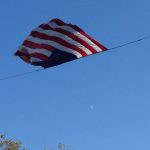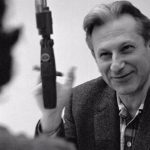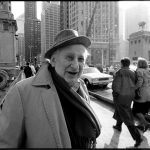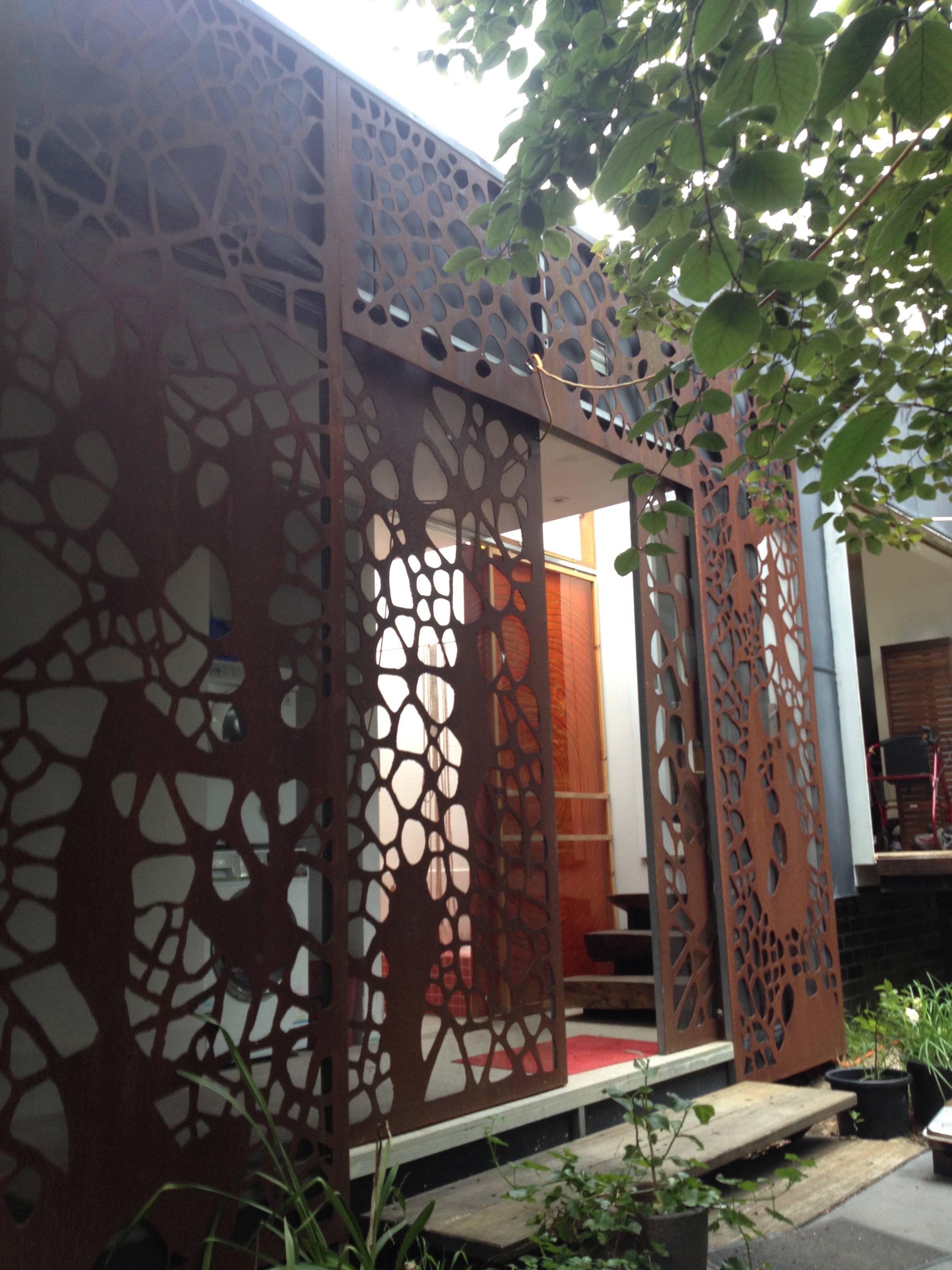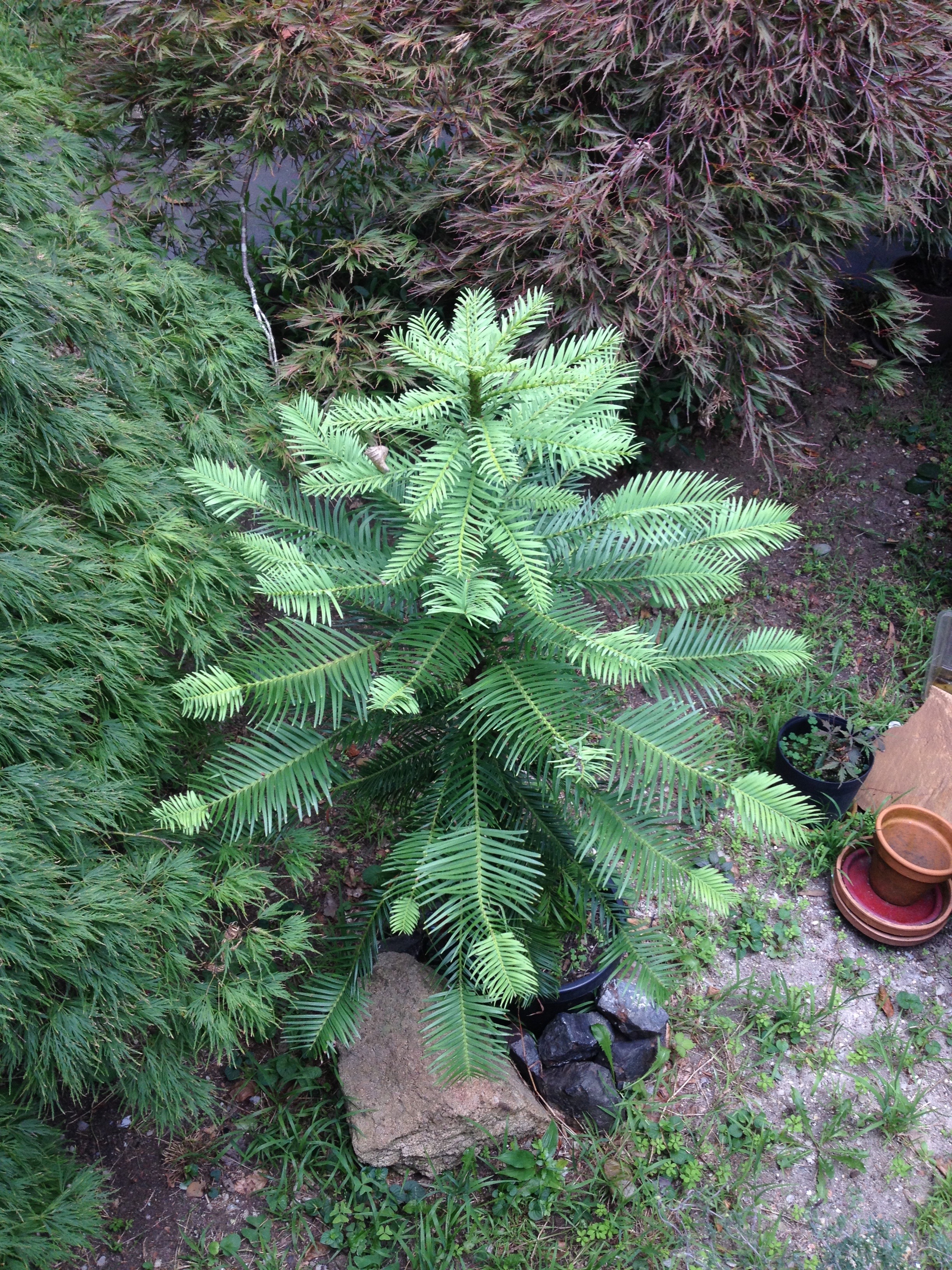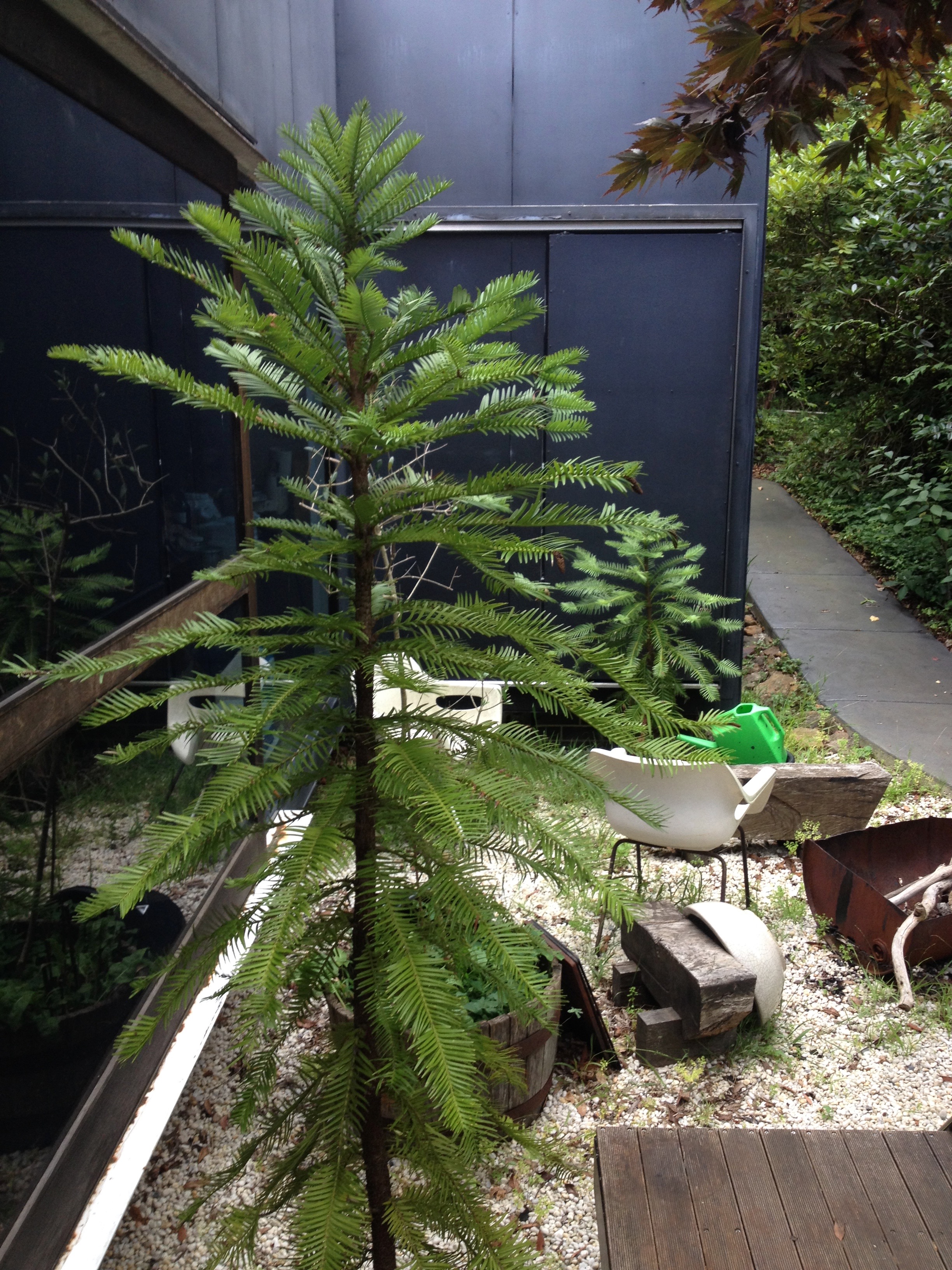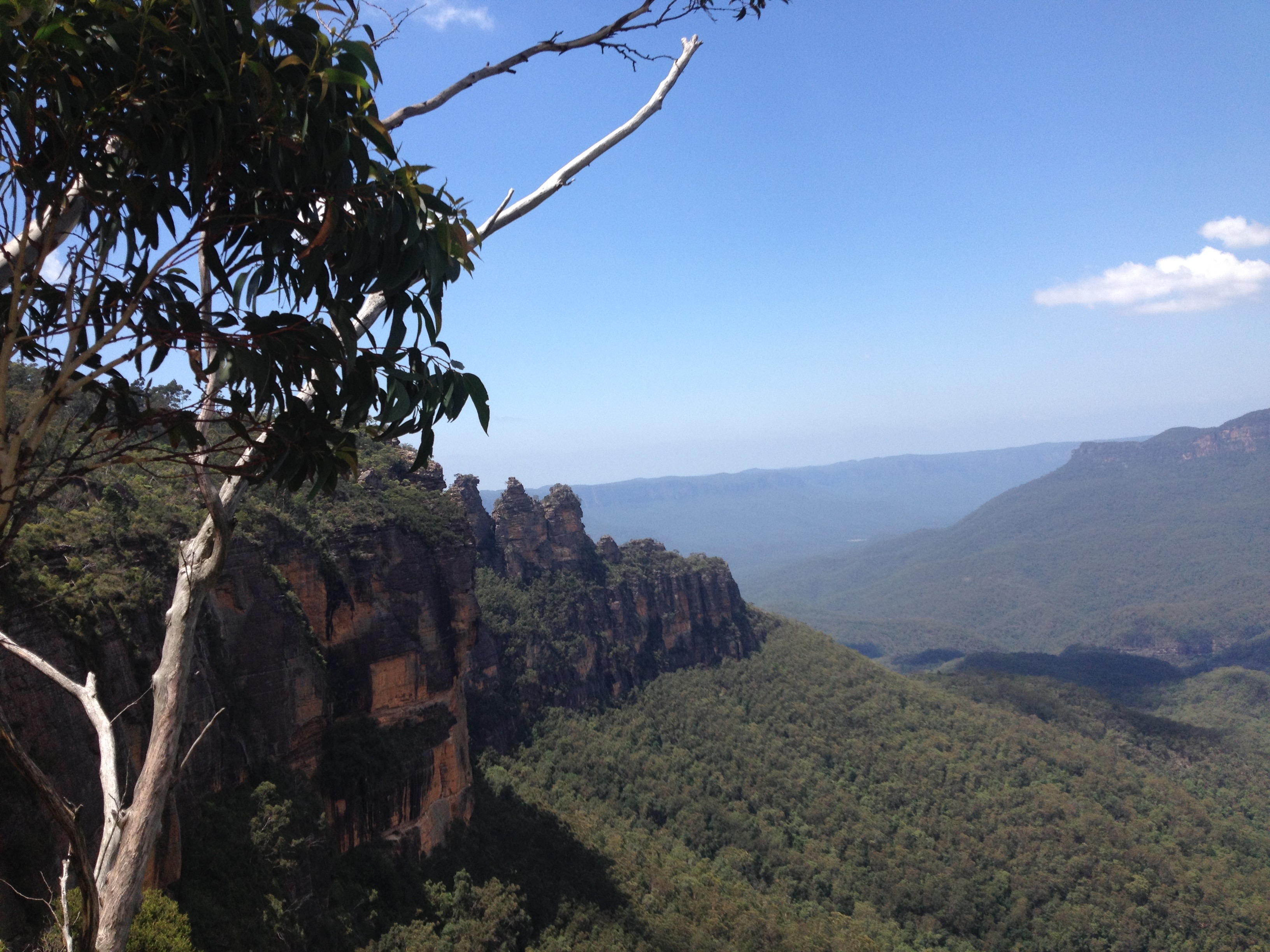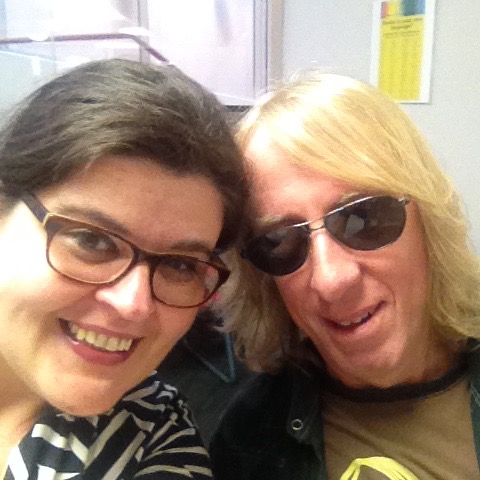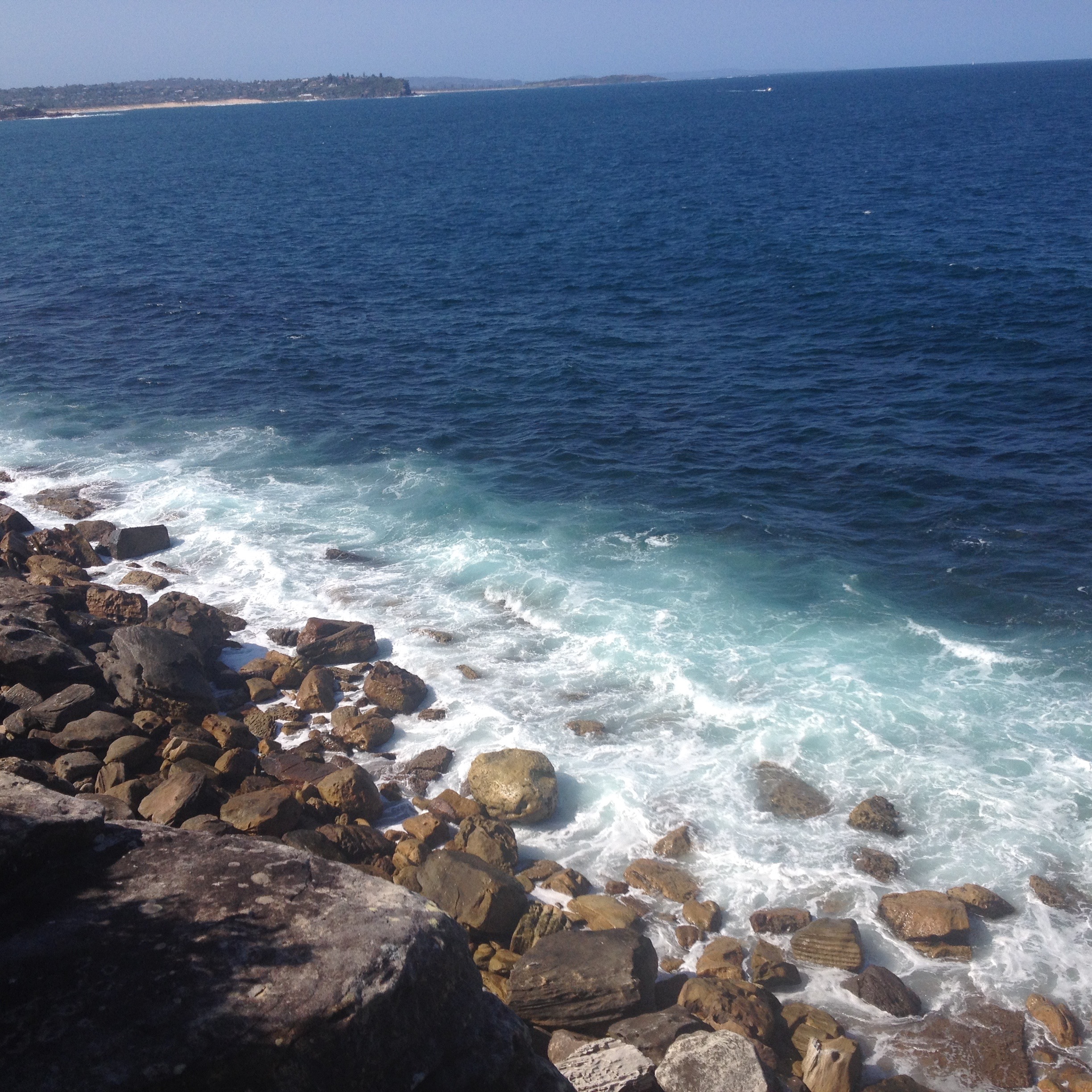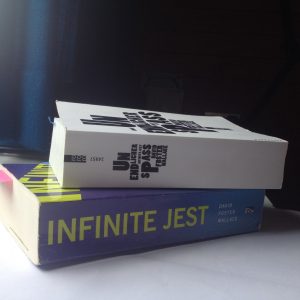Archiv der Kategorie: Interviews
Fog Friend Font: Ways of Doing Multilangual Sense
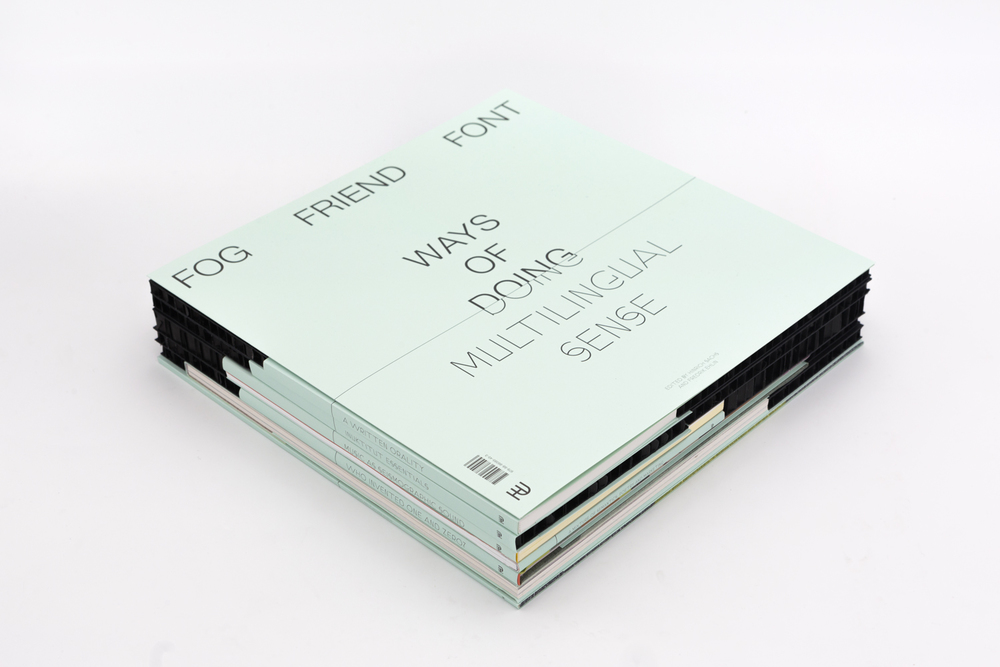
My monograph „Music as Seismographic Sound. Tracking down the idea of cultural translation“ has now appeared within the project „Fog Friend Font – Way of Doing Multilingual Sense“.
To find out more about the project visit the website of the publisher Humboldt Books Milan and read the project description in full.
This is in brief how the editors descriibe their intriguing project:
WeiterlesenResearching Podcasting in the US
My PhD project focuses on the transition from analogue to digital radio and how works of acoustic art relate to it. Thus, the development of the US-American podcast scene is of special interest for me, as it takes a leading role in the field. The term podcast was first coined in 2004 as a portmanteau of “iPod” and “broadcast” and referred originally to digitally produced and distributed audio programs on the internet, which were published periodically and could be subscribed to via RSS feed. As podcasting is still a rather new media phenomenon and the academic field of podcast studies is just about to emerge, I applied for the 2018 U.S. Embassy SANAS Travel Award to do field research. Altogether my journey lasted 14 days and covered ten interviews in five cities.
- Still in full-swing: The US-American podcasting boom.
- Traveling to the heart of its scene.
Due to its relevance for US-American radio history and the development of the podcast-scene, I started my research in Chicago. Thanks to the city’s geographic location, the first Chicago radio stations in the 1920s were listened to from the East coast to the Rockies and beyond. Needless to say, that Chicago emerged early on as a broadcasting center and a central switching point for transcontinental network lines, attracting various creative media people. One of them was the legendary radio host Louis “Studs” Terkel (1912 – 2008).
- Studs Terkel, © Chicago History Museum, iCHi-065438; Stephen Deutch, photographer
- Studs Terkel, © AP
Russian Avant-Garde on the Radio
It’s my great pleasure to announce the return or the Russian avant-garde, at least on air and online – unfortunately only in German, though: Today, Friday April 20 my feature “Die Medienkunst der russischen Avantgarde” will be broadcast. Therefore I had the great pleasure to talk to some terrific researchers and experts on Russian art, media and cultural history: Siegfried Zielinski, Berlin based media-archaeologist and theoretician, Sylvia Sasse, professor for Slavic literary studies at the University of Zurich, the historian and musicologist Boris Belge (Basel) and the Chlebnikov expert Andrea Hacker (Bern).
The reason for this radio show is the broadcasting of Andreas Ammer’s and FM Einheit’s terrific interpretation of Arseny Avraamov’s „Symphony of Sirens“, the loudest composition in music history, which was staged October 2017 in Brno, Czech Republic. Last Friday a recording of this unique performance has been broadcast by the radio drama department of Bayerischer Rundfunk (BR), which is still available on its website in different mixes: A binaural mix for headphones, a 5.1 mix and a documentary film of the performance in Brno.
Energies & the Arts
Visiting Joyce Hinterding & David Haines in the Blue Mountains (NSW), Australia
“Like linguists turn to coding, silversmiths turn to electronics”, says David Haines. For the Australian artists it seems to be the most natural thing in the world to artistically transcend materials, media and genres. Haines, who just has been awarded the 2017 Australia Council Visual Arts Fellowship for two years, to delve further into his “abiding interest in aroma as an art form” and develop a substantial exhibition across the range of his practices, is one half of the intriguing Australian art couple Haines & Hinterding. The other half is Joyce Hinterding, a former silversmith and nowadays an artistic expert on energies, especially on Very Low Frequency Radio Waves and Natural Radio.
During my research stay in Australia Douglas Kahn was so kind and generous to introduce me to his dear friends and neighbours Joyce and David. The couple invited me to visit them at their lovely home in the bush of the Blue Mountains to learn more about their art practices – an unexpected, spontaneous visit, which turned out to be one of the highlights of my research trip down under. After a nice spring roll lunch and some conversation we wanted to go and see some kangaroos together. However, I quickly became so fascinated by the multisensory artistic cosmos of Haines & Hinterding and our conversation lasted so long that the kangaroo visit had to be postponed.
What makes the works of Haines & Hinterding so fascinating to me is the fact that they are outstanding examples of artistic research.
Natural Radio
Energizing Encounter with Douglas Kahn
What makes Australia and especially Sydney for radio art researchers like me such a desirable place to go to is the variety of sound and radio artists and scholars, who live and work there. There are numerous reasons for this cluster or gathering, as I found out during my research stay. However, one main reason certainly is Douglas Kahn, Professor for Media and Innovation at the University of New South Wales. Being responsible for such outstanding, seminal books like the essay collection Wireless Imagination. Sound, Radio and The Avant-Garde (1992), which he co-edited with the radio artist Gregory Whitehead and his two monographs Noise, Water, Meat. A History of Sound in the Arts (1999) and Earth Sound Earth Signal. Energies and Earth Magnitude in the Arts (2013), Douglas Kahn attracts PhD candidates and researchers from all over the world, who are interested in radio and sound and their relation to the arts.
When I eventually dared to contact Douglas Kahn and kindly asked him for an interview, he was very friendly and generous and invited me to visit him at his home in Katoomba, a cozy little town at the fringe of the overwhelming, scenic Blue Mountains Nation Park, about two hours by train west of Sydney.
After I had read „Wireless Imagination“ and „Noise Water Meat“ with great benefit for my own research on the epistemology of radio art, I turned to „Earth Sound Earth Signal“, which left me behind quite a bit baffled at first. At the same time I developed the hunch that this book is about something really fascinating, mind-blowing. And as I like challenges, I kept coming back to it, over and over again. One sentence, which had struck me in particular, was „Radio was heard before it was invented and it was broadcast before it was heard.“ Therefore I asked Doug at the beginning of our interview, if he would be so kind to explain this phenomenon, which is called „natural radio“. You can listen to the interview dubbed in German here, and you can read it below in English. This is what Doug answered: Weiterlesen
Sonic Reflections
Conversation with Colin Black about Radio Art
When I met Colin Black for the first time in June 2014 at the Radio as Art Conference in Bremen it made a strong impression on me when one evening this tall, slim man with shoulder-length blond hair from Australia looked up to the German sky and wondered whispering to himself: „Oh, this is how the moon looks like up here.“ Since then I was longing so much to go to Australia someday to find out how the moon looks like Down Under.
Of course the moon was not the only reason I very much wished to travel to Australia. Like Canada this huge country on the other side of the planet has an amazing radio research and radio art scene and as a radio art reseacher I of course wanted to find out more about the reasons why this is so.
„Translating (as) Infinite Jest“
Reading & Workshop with Ulrich Blumenbach
The novel Infinite Jest by David Foster Wallace (1962 – 2008) was published in 1996 and is regarded as a masterpiece of US-American literature. Like no other writer of his generation David Foster Wallace knew the Oxford English Dictionary by heart, was highly educated and could mimic various linguistic styles perfectly. Thus his book became not only an encyclopedic novel with 388 endnotes, some of which stretching themselves even over pages. The novel also displays a huge arsenal of figures, each of them speaking more or less in a unique way.
Interviews on Art, Technology & Feminism
From this week on my radio interview series „Art, Technology, Feminism“ will be broadcast again within hör!spiel!art.mix at Bayern2. It was a great pleasure and experience to speak to four such inspring female artists and scientists. Afterwards the interview with VALIE EXPORT, the interview with Ute Holl, the interview with Cornelia Sollfrank and the interview with Silke Wenk will be available as podcasts in German.
Photo credits in order of slide show:
VALIE EXPORT CC BY-SA 3.0 Manfred Werner, Ute Holl © Andreas Zimmermann, Cornelia Sollfrank CC BY-SA 3.0 Cornelia Sollfrank, Silke Wenk © Eva-Maria Evers.
Okwui Enwezor on „Aesthetics & Postcolonialism“
Before I left the drama department of Bayern2 Radio for working at the University of Basel and starting my PhD, I had the great pleasure to interview Okwui Enwezor, who had just become the director of Haus der Kunst in Munich. Tonight the interview from 2011 with interesting insights on growing up in Nigeria, being a young black man in the New York art scene in the 1980s and many more will be broadcast again. You can listen to the pocast here. (All dubbed in German)









